Musicana Project: Software System for Music Teachers - Overview
VerifiedAdded on 2020/02/24
|11
|1288
|52
Project
AI Summary
The Musicana project outlines the development of a software system aimed at assisting self-employed music teachers with their administrative tasks. The system, accessible via desktop and mobile devices, is designed to streamline lesson scheduling, student/parent management, billing, and messaging. The project details the requirements for teachers, students, and parents, including features such as schedule management, course information access, and payment processing. The project follows a 3-tier design and a waterfall approach, encompassing initiation, planning, implementation, and closure phases. The report includes a work breakdown structure, Gantt chart, and references, concluding that the software has the potential to significantly benefit music teachers and the IT team involved. The software provides a messaging system for communication and non-functional requirements such as security, user-friendly interfaces, and scalability. The project implementation plan includes business analysis, requirement setting, software testing, and user training. The project aims to improve the efficiency of music teachers by automating administrative tasks.
1 out of 11
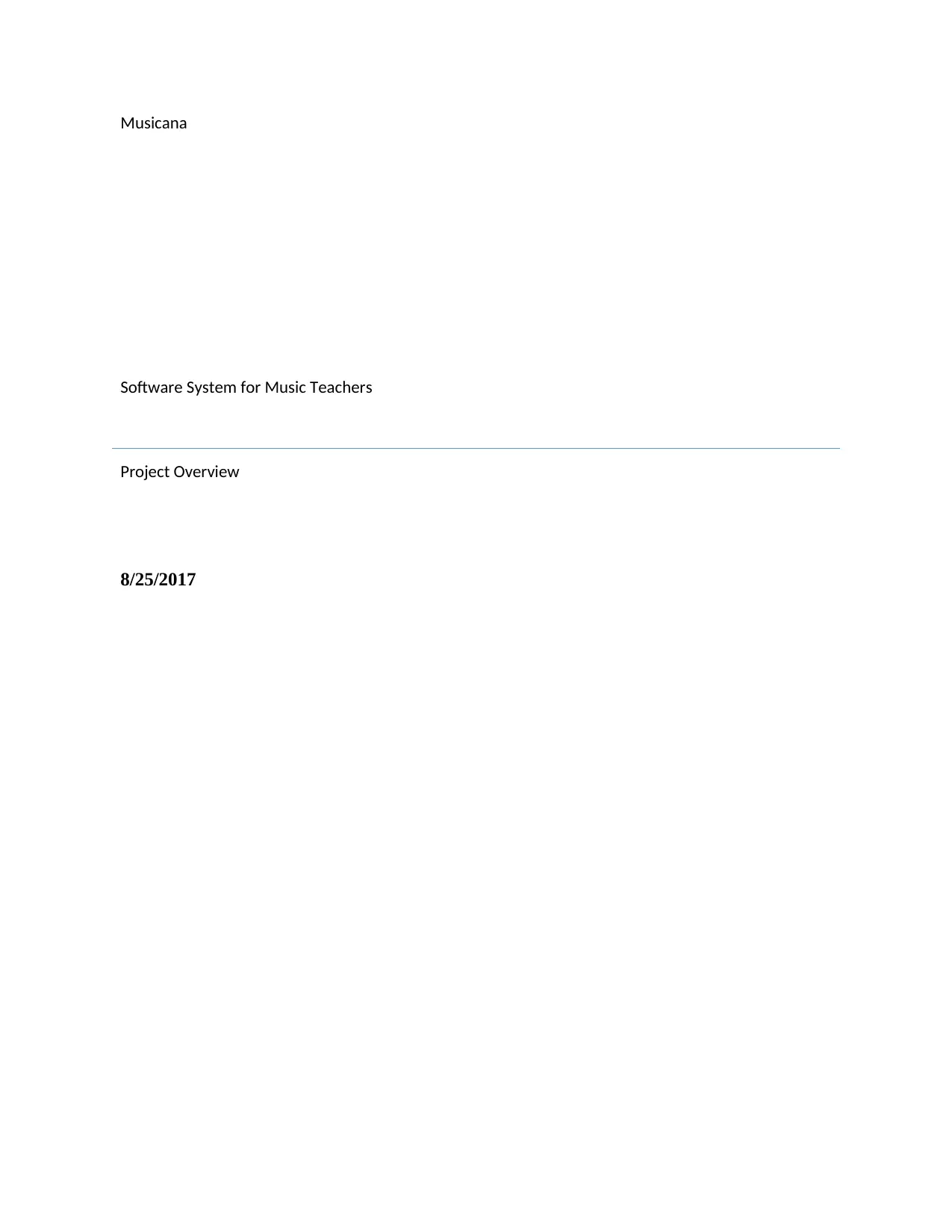
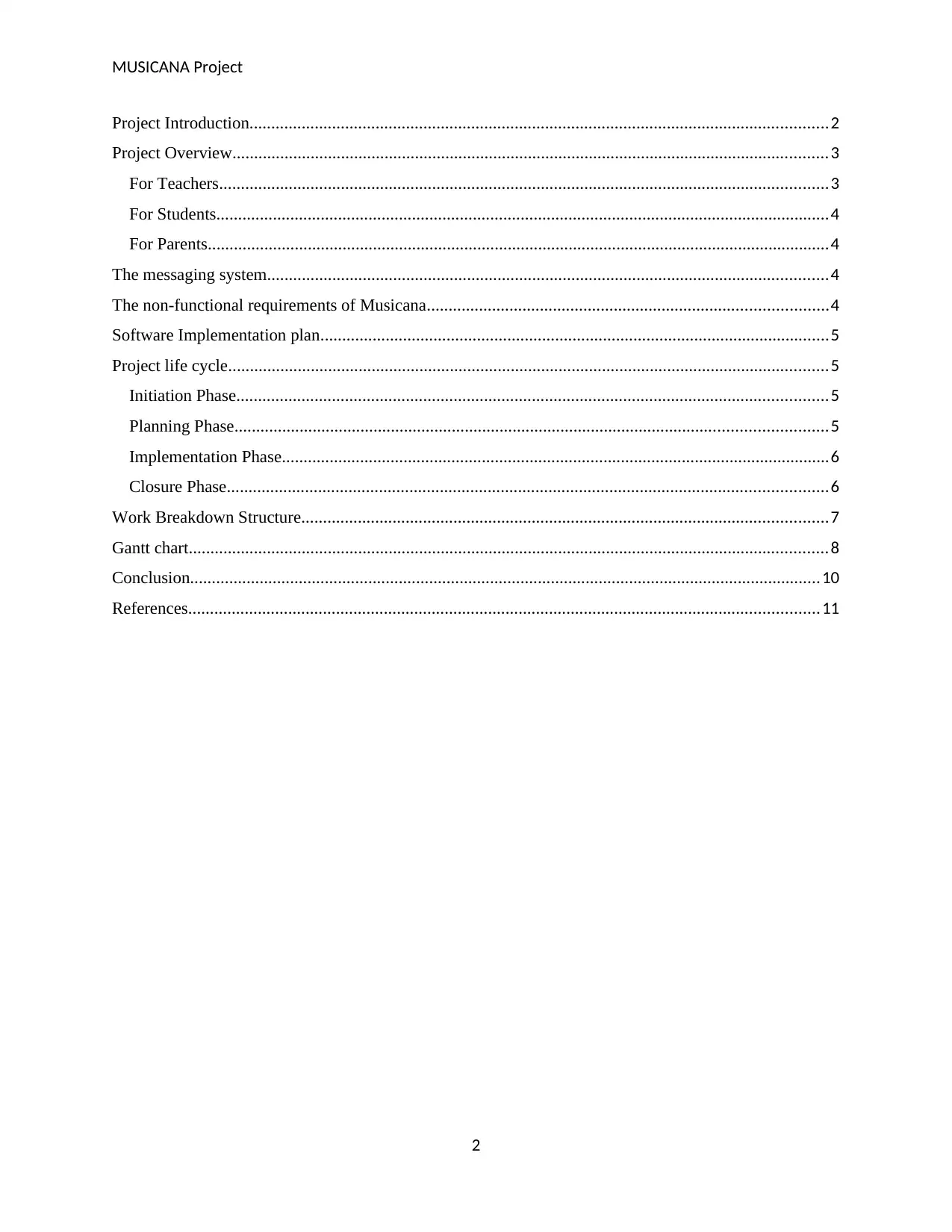
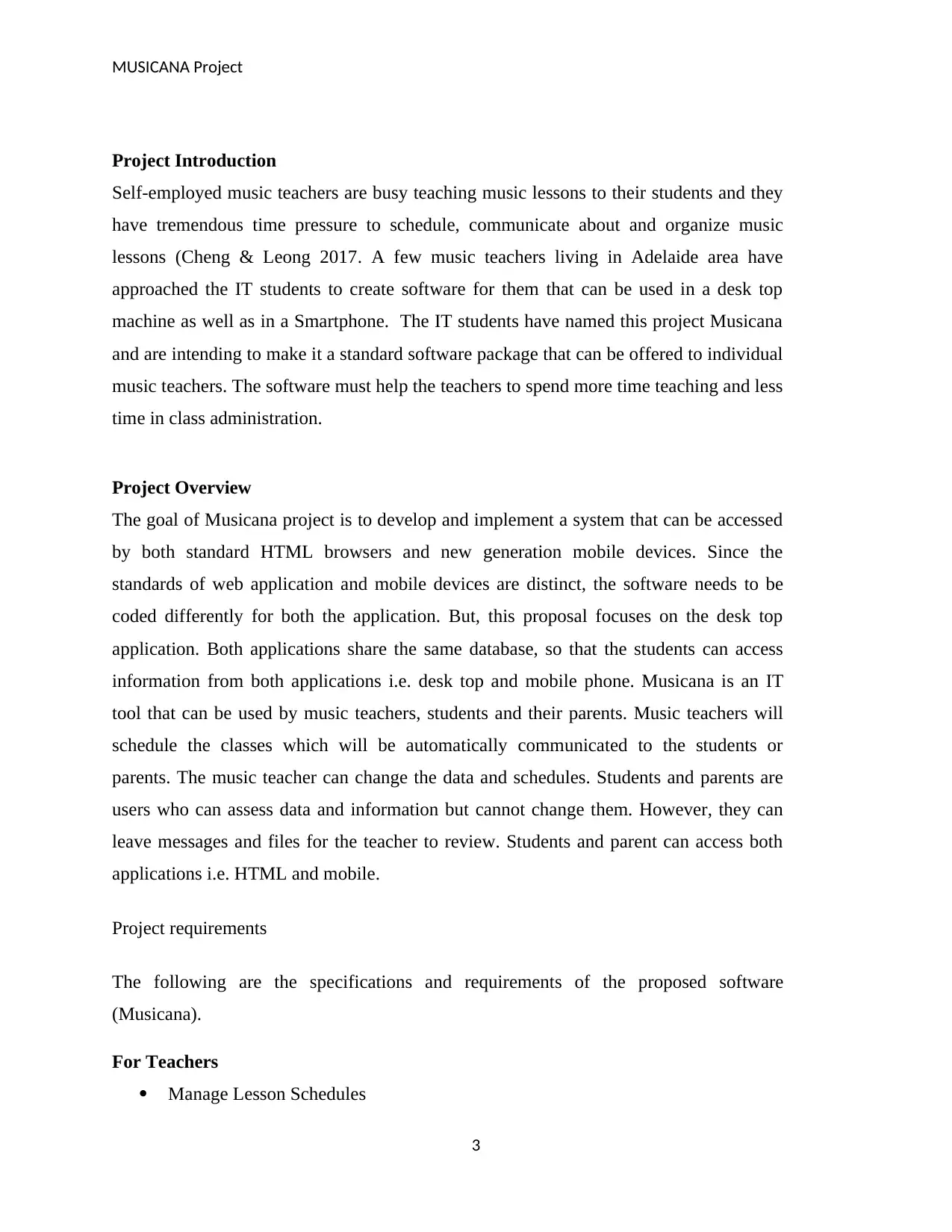
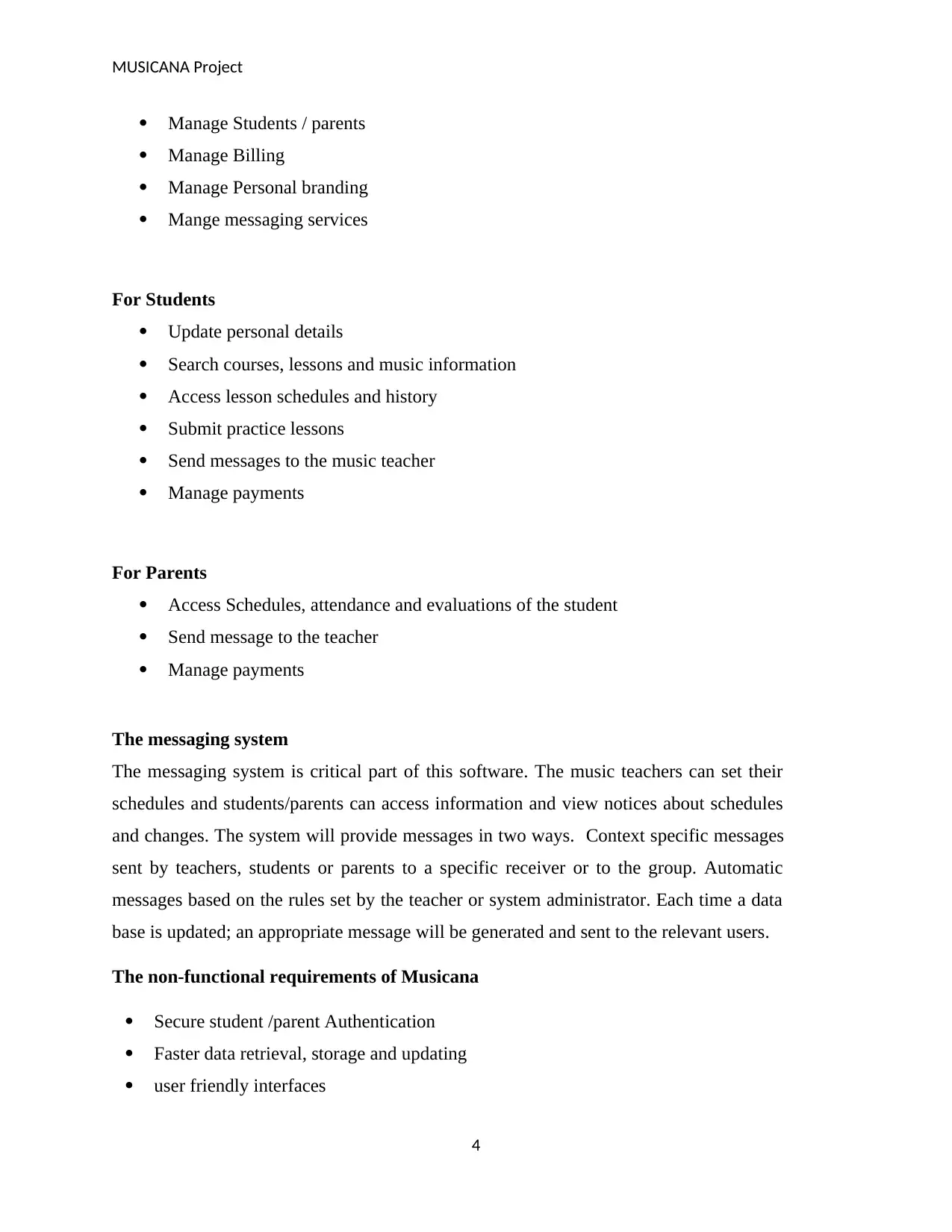
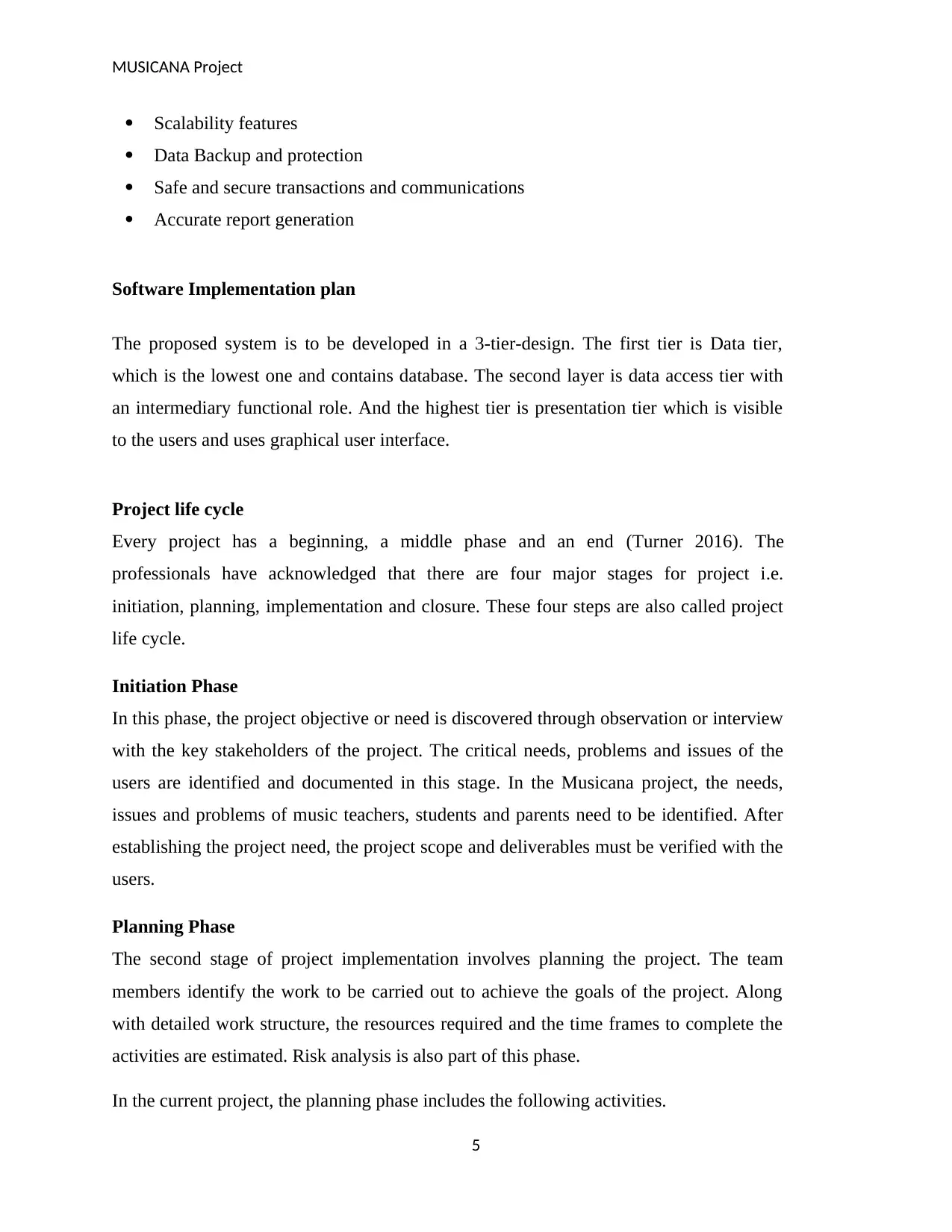
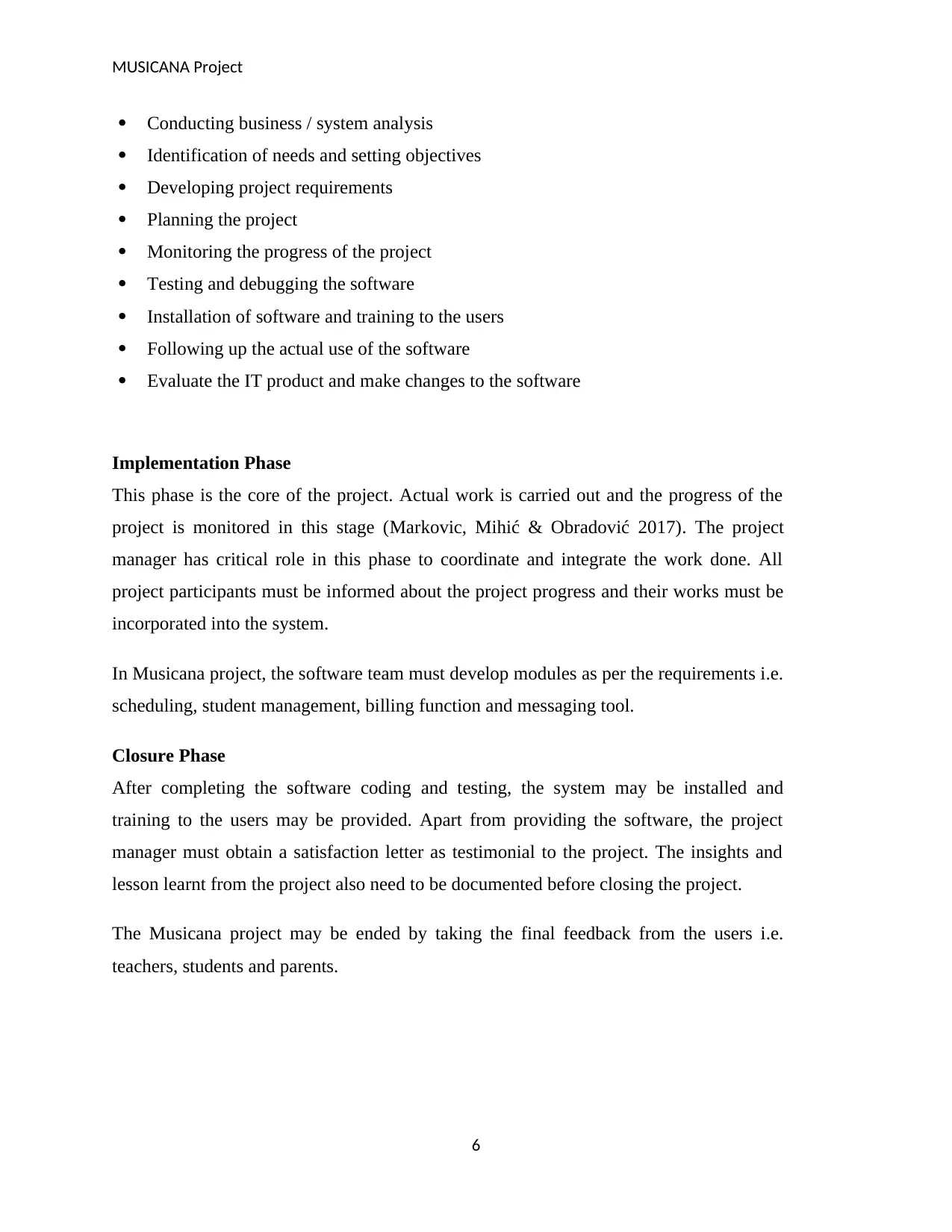
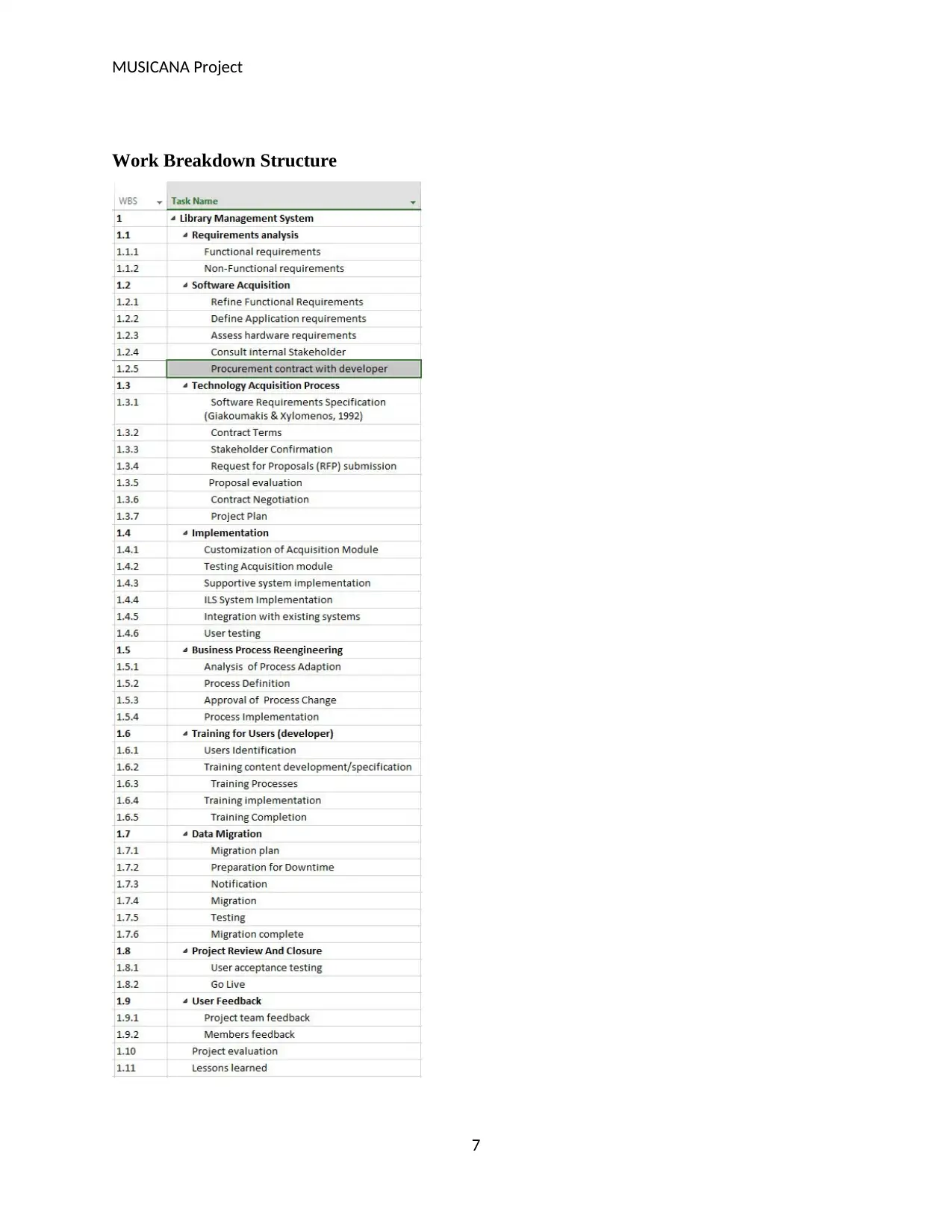
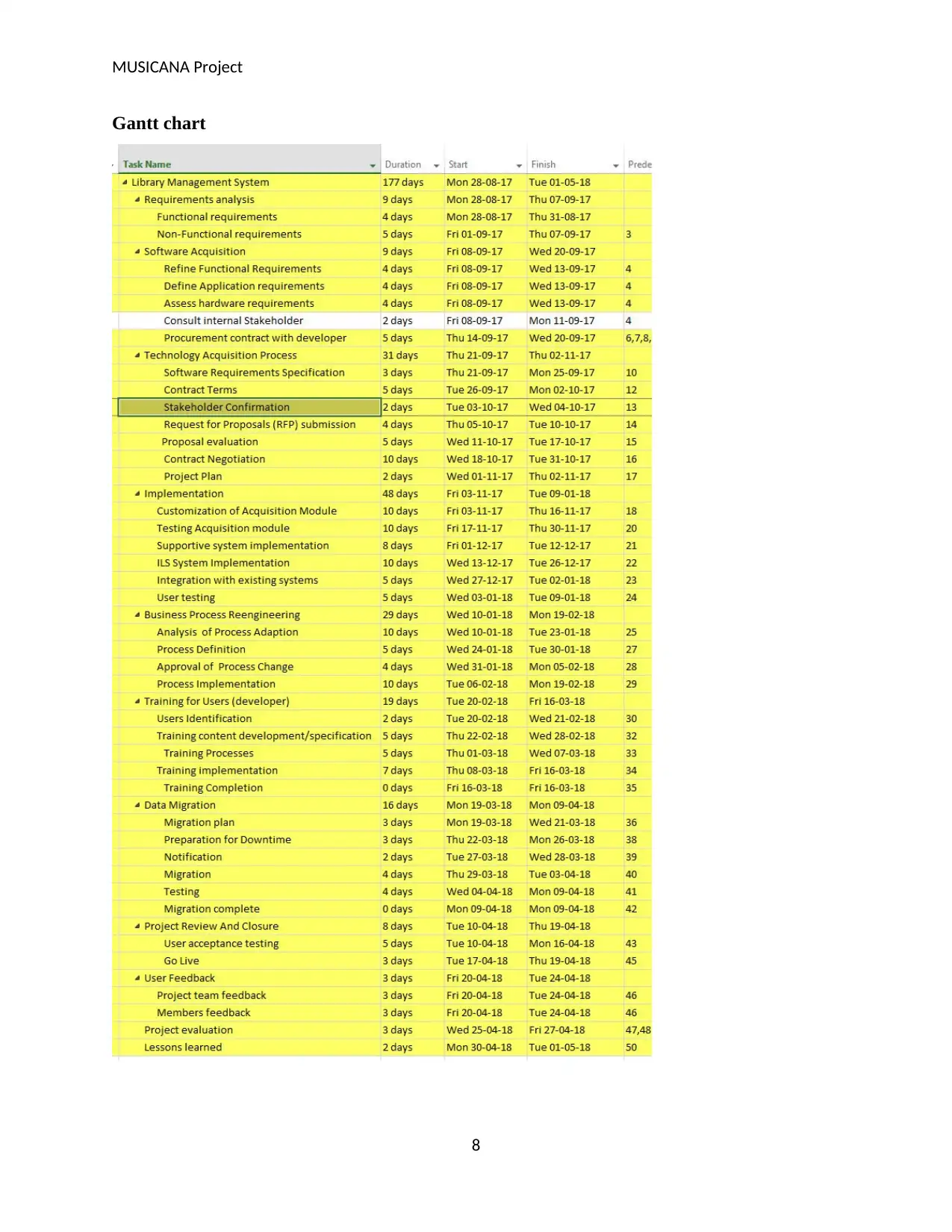
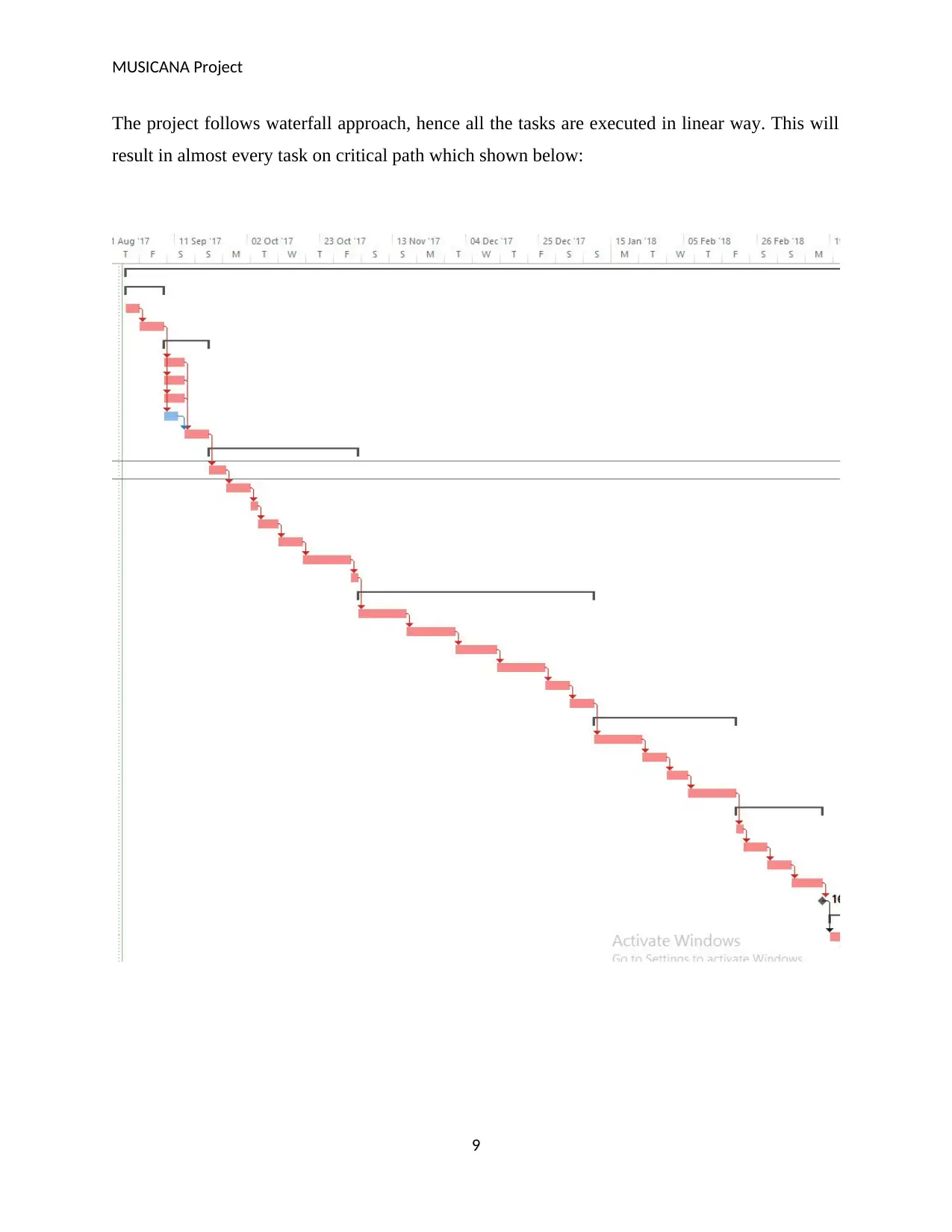
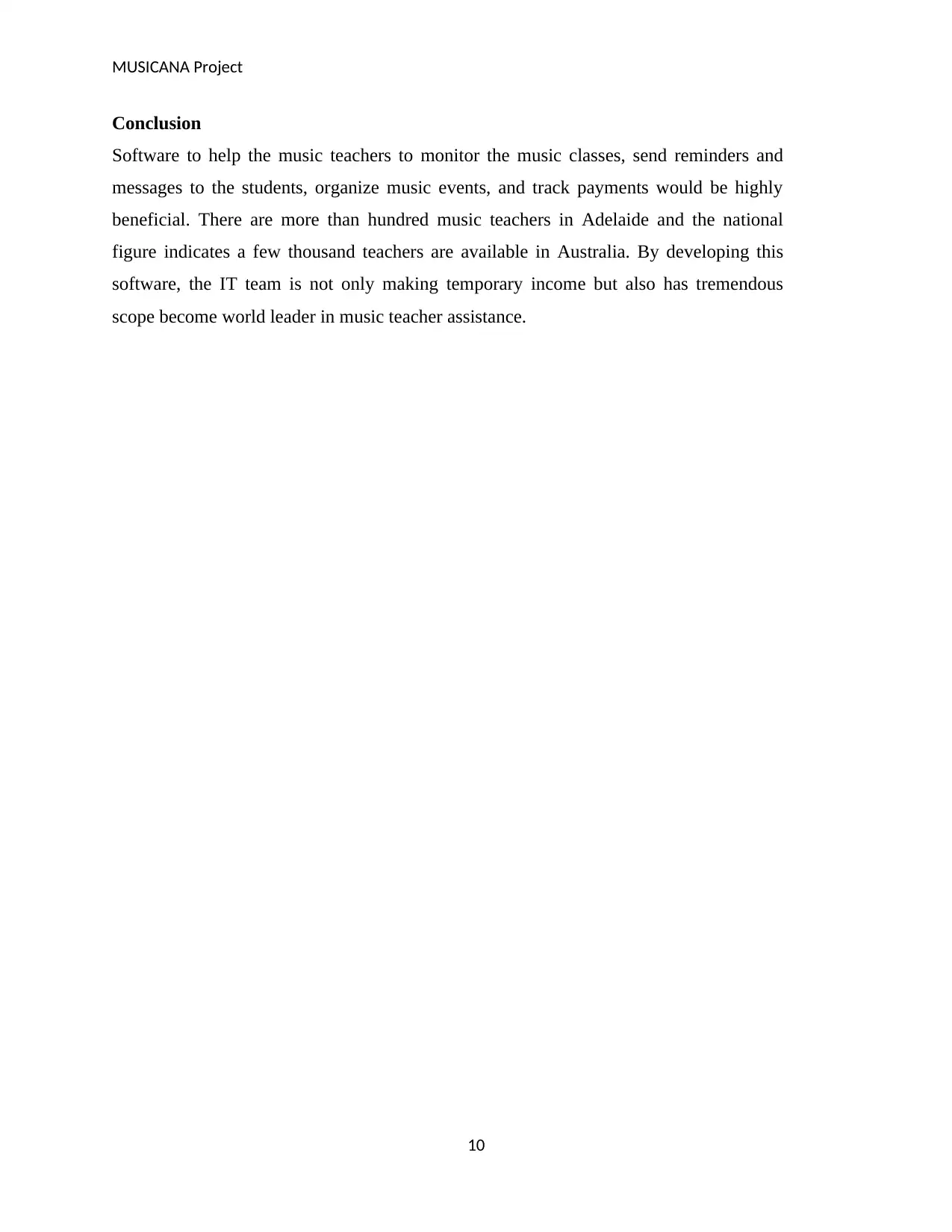
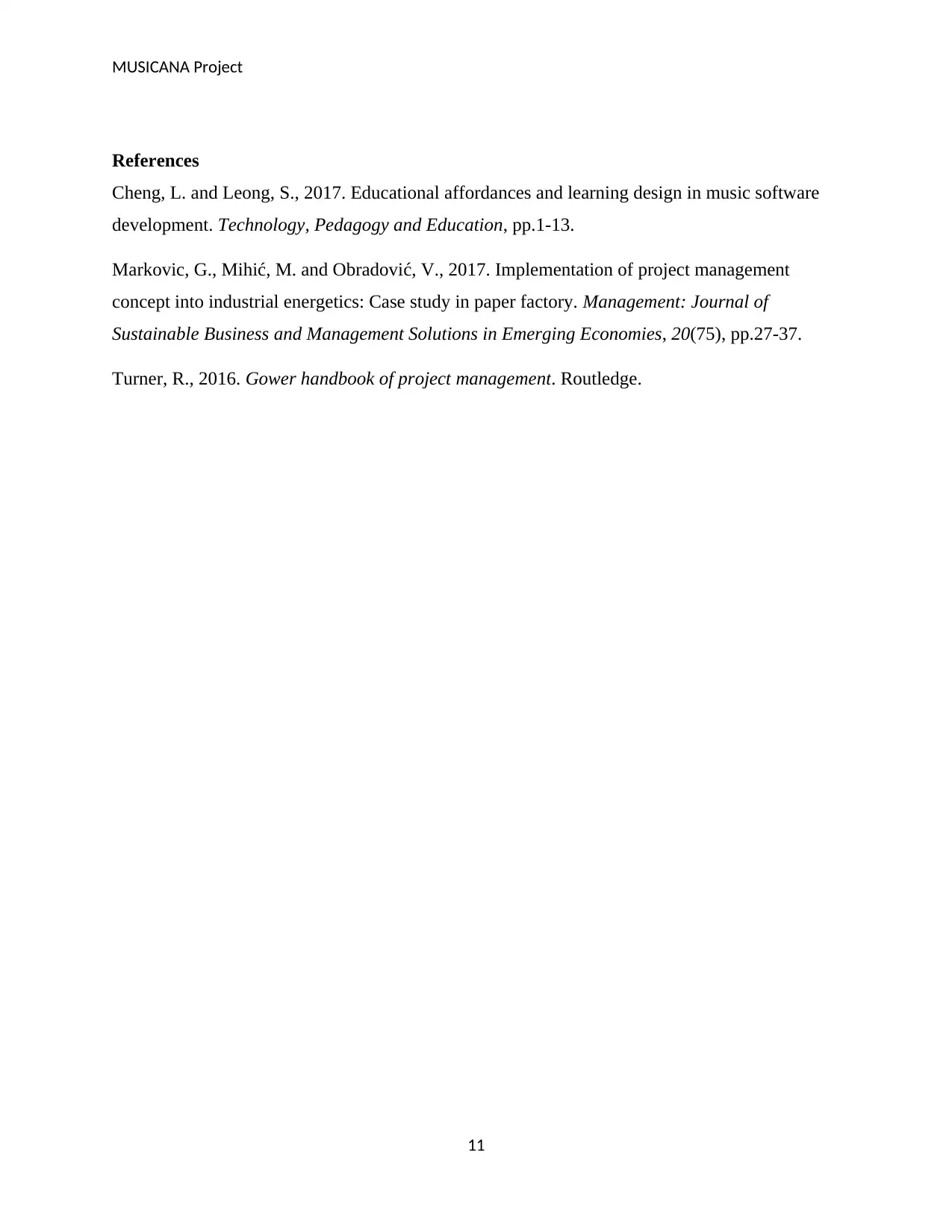






![[object Object]](/_next/static/media/star-bottom.7253800d.svg)